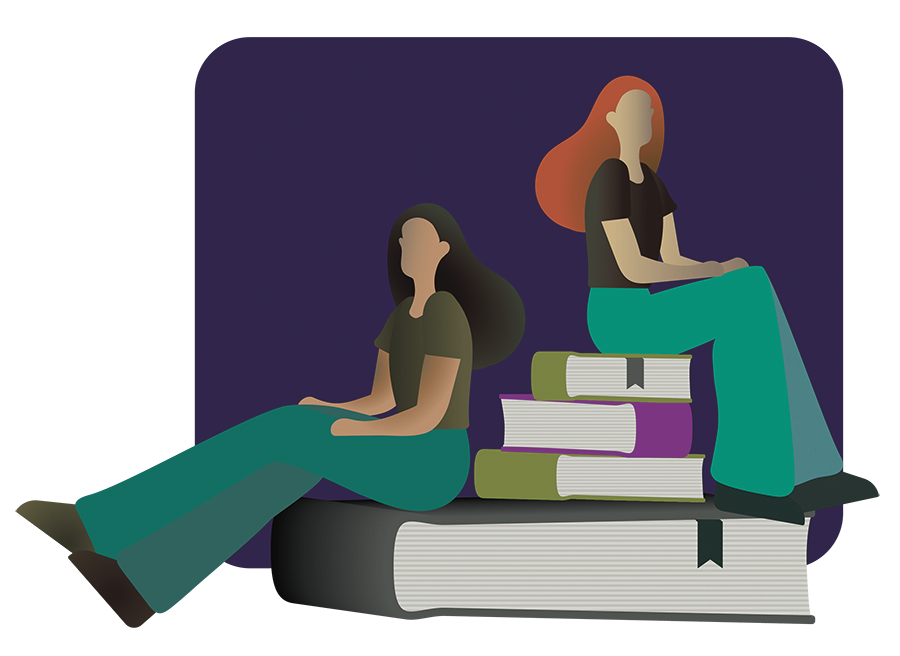College puts safety first as it balances in-person, virtual learning
September 29, 2021
Ahead of the fall semester, school officials decided to move Madison College from phase two to phase three of the college’s four phase reopening plan.
The decision to move forward in the reopening plan has brought and renewed energy to campus, with a noticeable increase in the amount of students, faculty and staff on grounds. It has been successfully carried out despite an ongoing surge in new COVID-19 cases nationally brought on by the Delta variant.
“I, like most, are tired of this pandemic and looking forward to bright days ahead when our entire campus community can be back together,” says Madison College Provost, Turina Bakken. “I am very proud of and grateful for our teams here at the college who continue to lead these health and safety efforts.”
Under phase three students are experiencing: Expanded face to face instruction, expanded on campus services (cafeteria, bookstore, advising, career services, veterans services, etc.), no door screeners, no health screening surveys to enter buildings, full access to campus buildings, no foreign travel, very limited domestic travel and limited third party events.
Under phase two students saw: Limited face to face instruction, limited on campus services (virtual equivalencies were still available in most areas), door screeners, health screening surveys to enter buildings, limited access to campus buildings, no travel (foreign or domestic) and no third party events.
With regards to what classes are now being offered in person Bakken notes that depending on the program area, “we have seen variability in preferences and student behavior depending on the student profile of that program and thus variations in delivery mode ratios at the program level.”
The school of technology and trades now has almost 80% of all courses in-person or hybrid. All health-related programs, including nursing, are in the 75% range of in-person options. 36 academic credentials are now offered with the ability to have 80-100% of the required course work all on campus including: several liberal arts transfer pre-majors, auto tech, criminal justice and law enforcement academy, cabinet and millwork, metal fabrication, welding, several information technology, photography, biotech related and more.
“The significant increase in in-person learning options will bring more students, and thus employees, to our campuses,” Baken says. “Walking around on the first day of the semester was evidence to that, as the coffee line grew longer and more and more students were taking advantage of the new, collaborative study spaces across the campus.”
At the start of the semester the United States was seeing a surge of new COVID-19 cases. The average number of daily reported cases was at its highest point since January, with over 150,000 new cases being reported on average. In response to this the college reinstituted its mask mandate. Around the same time vaccine clinics were held on campus.
As of Sept. 23 the average number of new cases nationally has dropped to over 126,700. In Wisconsin the 14 day average of new infections has risen by over 80 percent from its summer low to just over 3,100 new cases a day.
To protect students during the semester, Bakken says that the college is continuing to follow recommendations from state and local health experts as well as the Centers for Disease Control and Prevention. She also says that, from a course planning perspective, monitoring and adjustments were happening on a daily basis.
“The Cabinet routinely looks at data and health conditions, and consults with our COVID-19 Rapid Response team, under Joshua Cotillier’s leadership, to determine campus reopening procedures and other decisions such as travel, study abroad, community meetings, and more,” Bakken says. “The decisions are based on health and safety first, and serving the needs of our students, employees and community in the best way possible given these disruptive days.”
This Fall Madison College is offering nearly 2,700 credit sections. According to Bakken, since the original March plans for fall term were rolled out, 45% of those 2,700 credit courses have been changed in some meaningful way. These changes were made in response to emerging enrollment trends, student behavior and changing health conditions.
While the cabinet, under the leadership of Madison College President Dr. Jack Daniels, remains focused on the current situation; they are also looking ahead to how to position the college in a post-COVID world.
Bakken says that she and the cabinet are working to capture the many innovations of the past 18 months and carry them forward to serve students of the future.
“The optimal delivery mode mix of the future is yet unknown — it will continue to present itself as student behavior and success metrics coming out of this pandemic begin to settle,” Bakken says. “For now, we are seeing the transition toward that optimal mix and plan to continue the tilt toward in person options, in addition to the advancement of engaging remote options using virtual reality and simulation.”






























